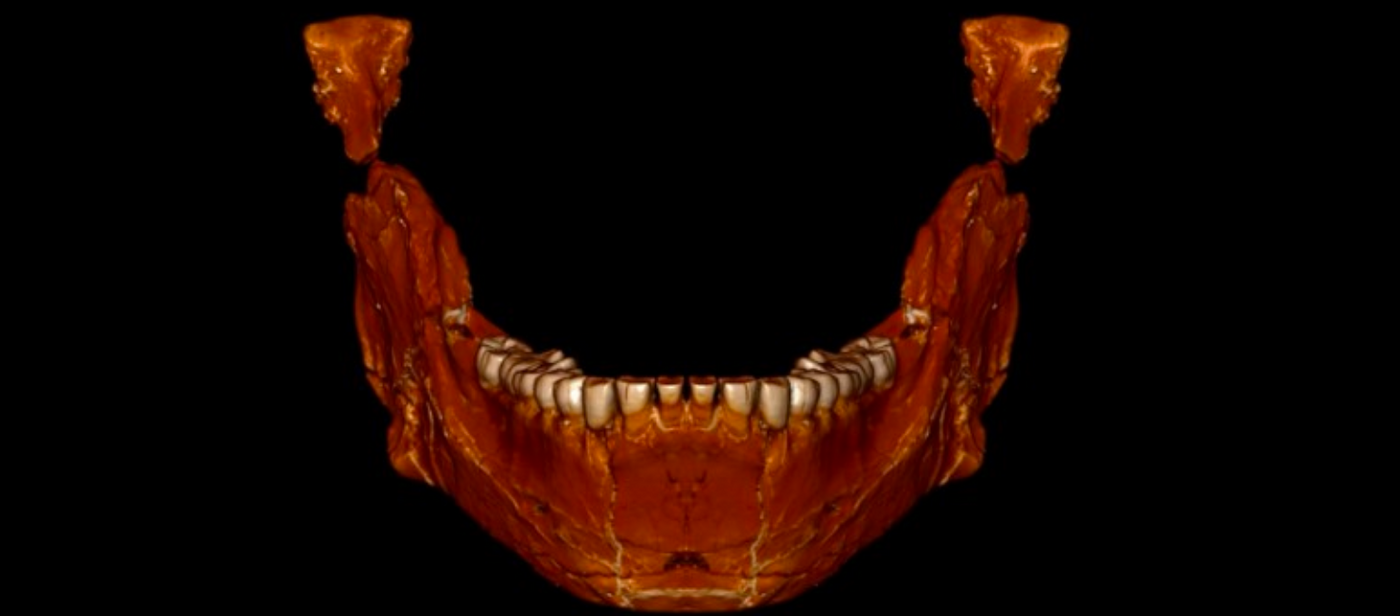Oldest-Known Homo Sapien Cranium Fossil Found in Morocco
Homo Sapiens have been walking the Earth for at least a couple hundred thousand years, but a new discovery is shaking things up in the scientific community, suggesting that we’ve been walking the planet even longer than we originally thought by as much as 100,000 years.
Published in the journal Nature, the researchers who studied the astonishing discovery talk about their latest findings, the fossilized remnants of a skull of what appears to be a homo sapien and dates back as far as 300,000-350,000 years ago.
Image Credit: Jean-Jacques Hublin, MPI-EVA Leipzig
The discovery was originally made inside of what used to be cave in Jebel Irhoud, Morocco, and small things led to the discovery of the skull in the first place – it started with the findings of a tooth, and then tooth became teeth, and soon they were finding tools and charcoal, which citing NPR, is evidence that these individuals were harnessing fire.
Indeed, it sounds like every classic caveman story; ancient humans living together inside of a cave they call home and stewing next a warm fire to survive, but it seems that there may be some merit to these kinds of stories after all.
Some of our first evidence of homo sapien evolution, pre-dating the new discovery, exist in Eastern Africa. Morocco is still in Africa, but it’s to the North, which means perhaps we’re still in the ballpark in terms of where mankind first started to pop up. There have been discoveries of modern human ancestor fossils all over the continent throughout the years.
"This material represents the very root of our species, the oldest Homo sapiens ever found in Africa or elsewhere," said Jean-Jacques Hublin, the lead scientist behind the discovery.
Related: Is this the first-known fossil of a dinosaur brain?
While there is certainly a lot of awe and inspiration at the thought that mankind may have evolved earlier than we originally thought, some experts aren’t so sure the skull is actually of a homo sapien. Certain qualities of the skull, such as the elongated cranium, suggest that it could be an earlier ancestor to homo sapien.
Although it seems to have a hybrid of features between homo sapien and earlier ancestors, it may be the missing link we need to tell a more accurate story of when and where mankind originally evolved. Perhaps this specimen popped up in the middle of the evolution process, which might explain the hybrid of features.
For now, it’s an unsolved mystery that more research could help to solve. On the other hand, the more information we have about our past, the better we can piece together our evolution and how exactly modern mankind came to be.
Source: NPR, Washington Post









